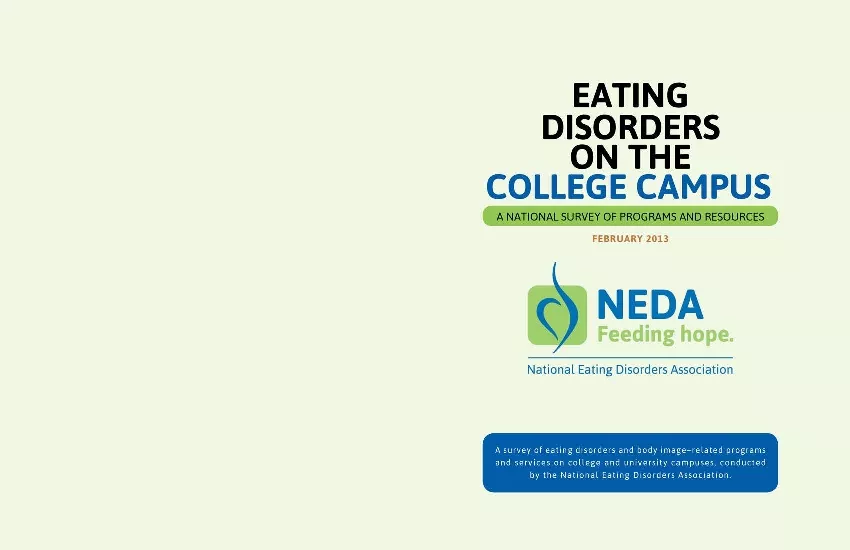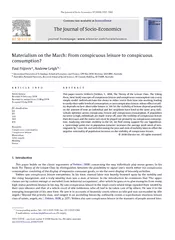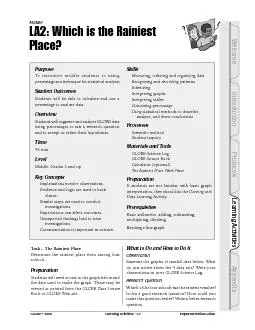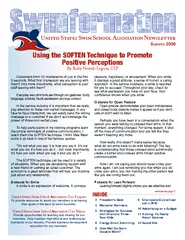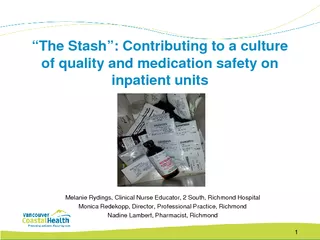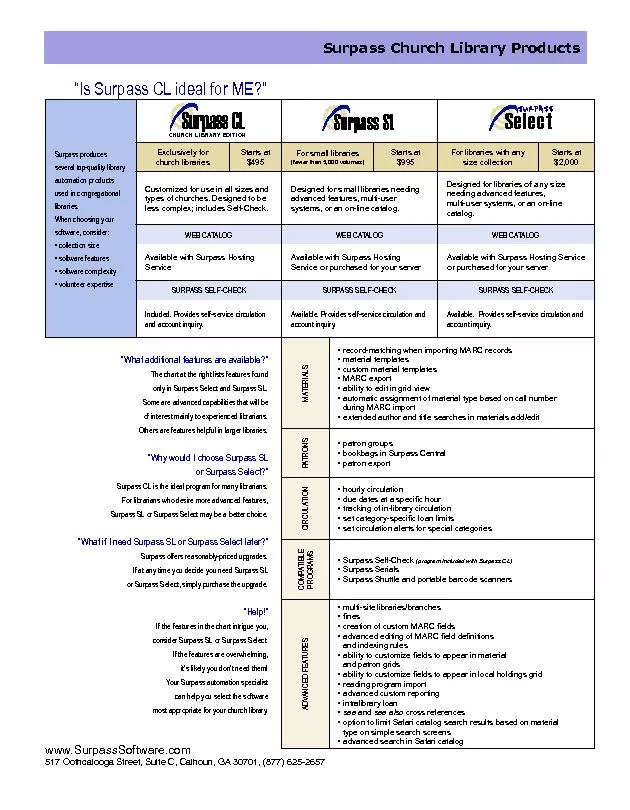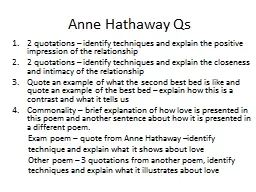PDF-PurposeTo identify what services and programs are important and availa
Author : samantha | Published Date : 2021-08-04
MethodResults was used to create a database of services and programs available to students at participating colleges developers to help identify initiate and maintain
Presentation Embed Code
Download Presentation
Download Presentation The PPT/PDF document "PurposeTo identify what services and pro..." is the property of its rightful owner. Permission is granted to download and print the materials on this website for personal, non-commercial use only, and to display it on your personal computer provided you do not modify the materials and that you retain all copyright notices contained in the materials. By downloading content from our website, you accept the terms of this agreement.
PurposeTo identify what services and programs are important and availa: Transcript
Download Rules Of Document
"PurposeTo identify what services and programs are important and availa"The content belongs to its owner. You may download and print it for personal use, without modification, and keep all copyright notices. By downloading, you agree to these terms.
Related Documents

